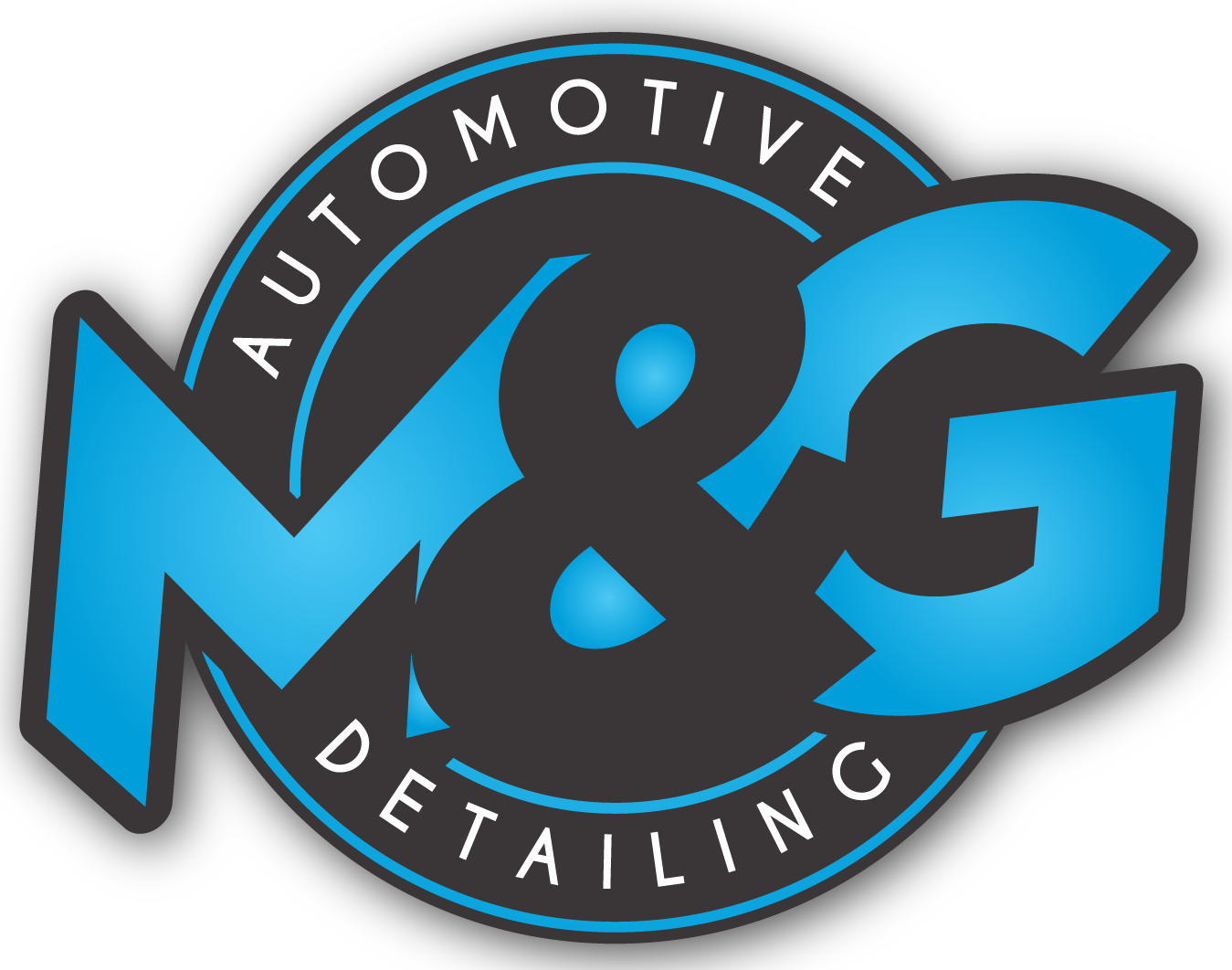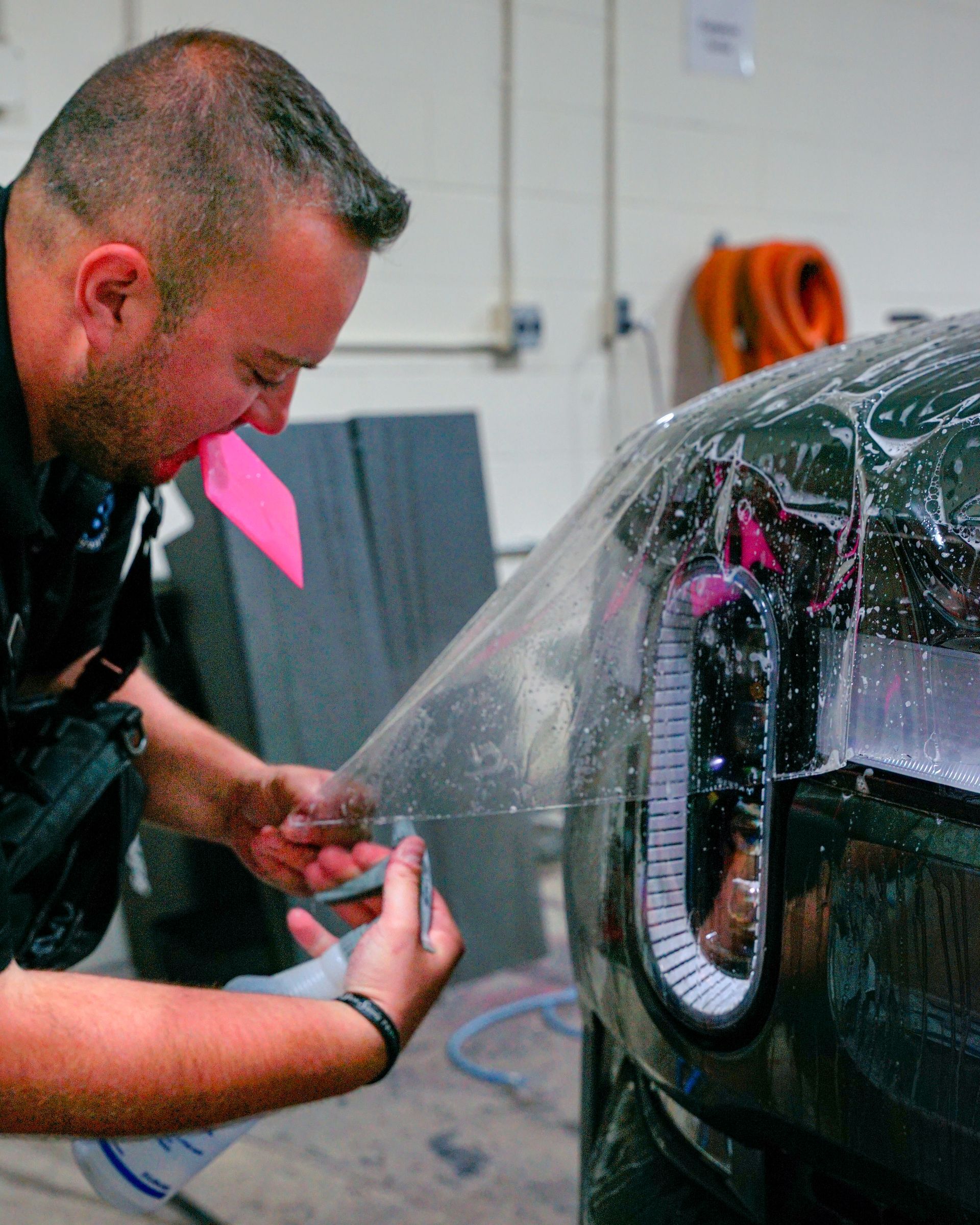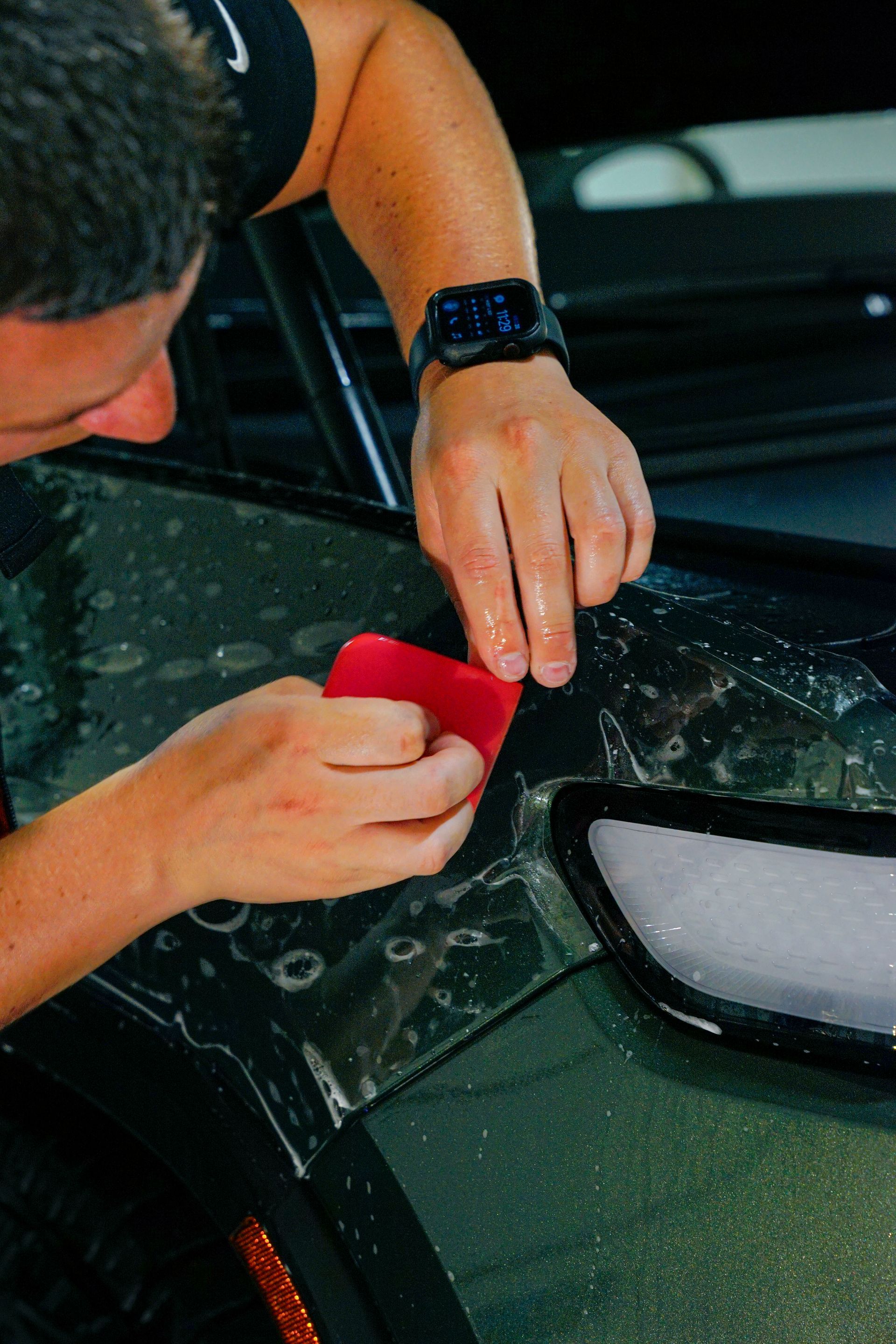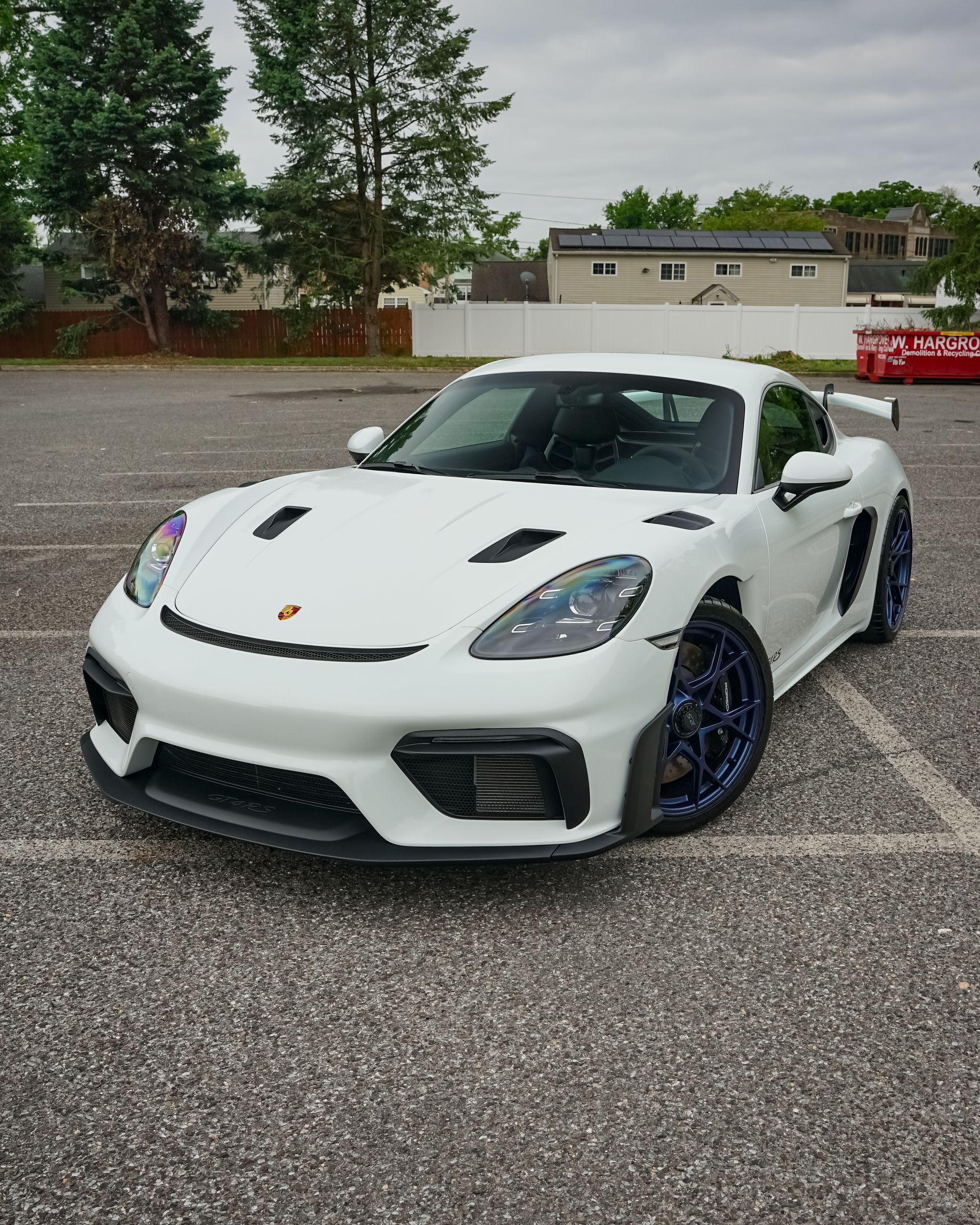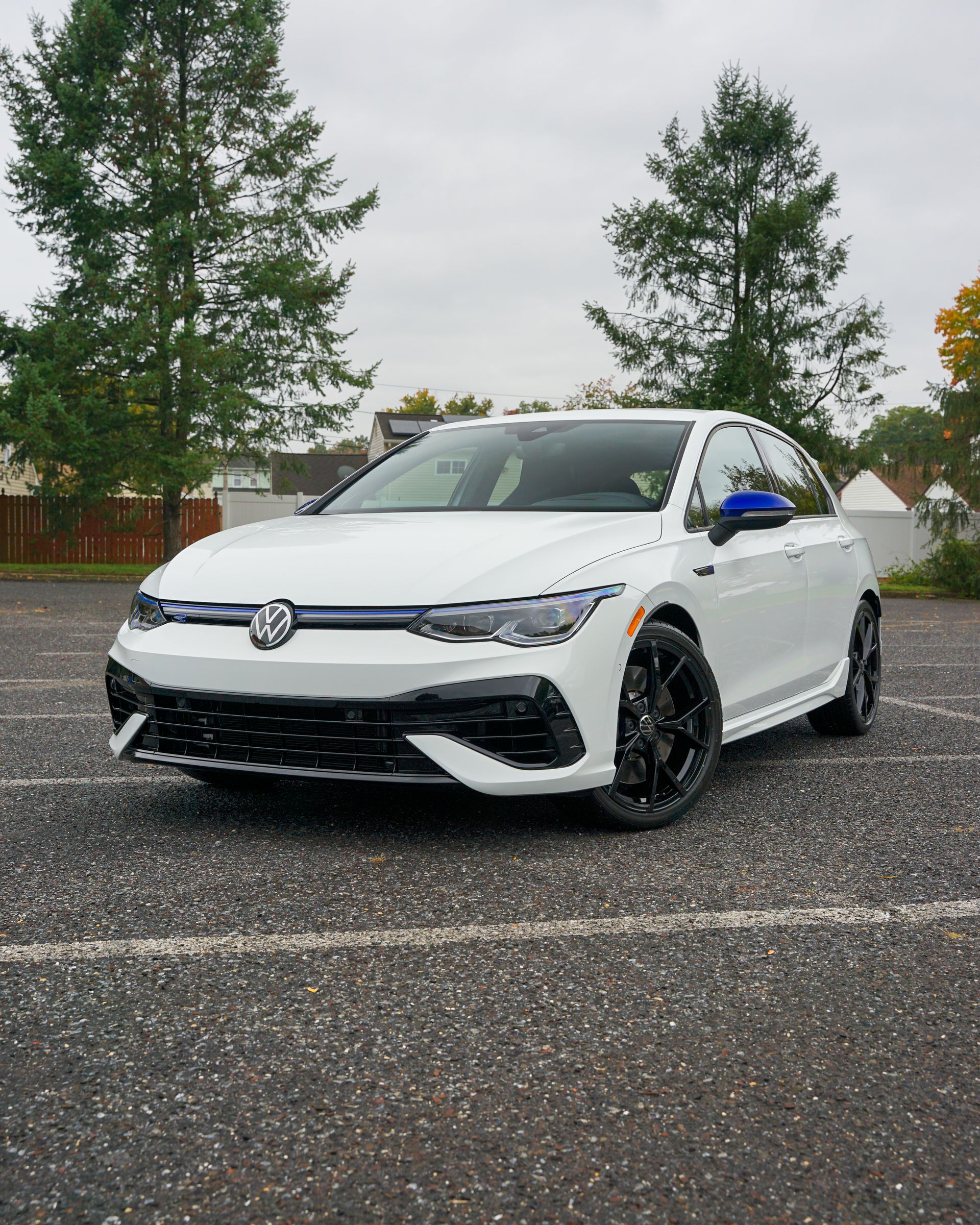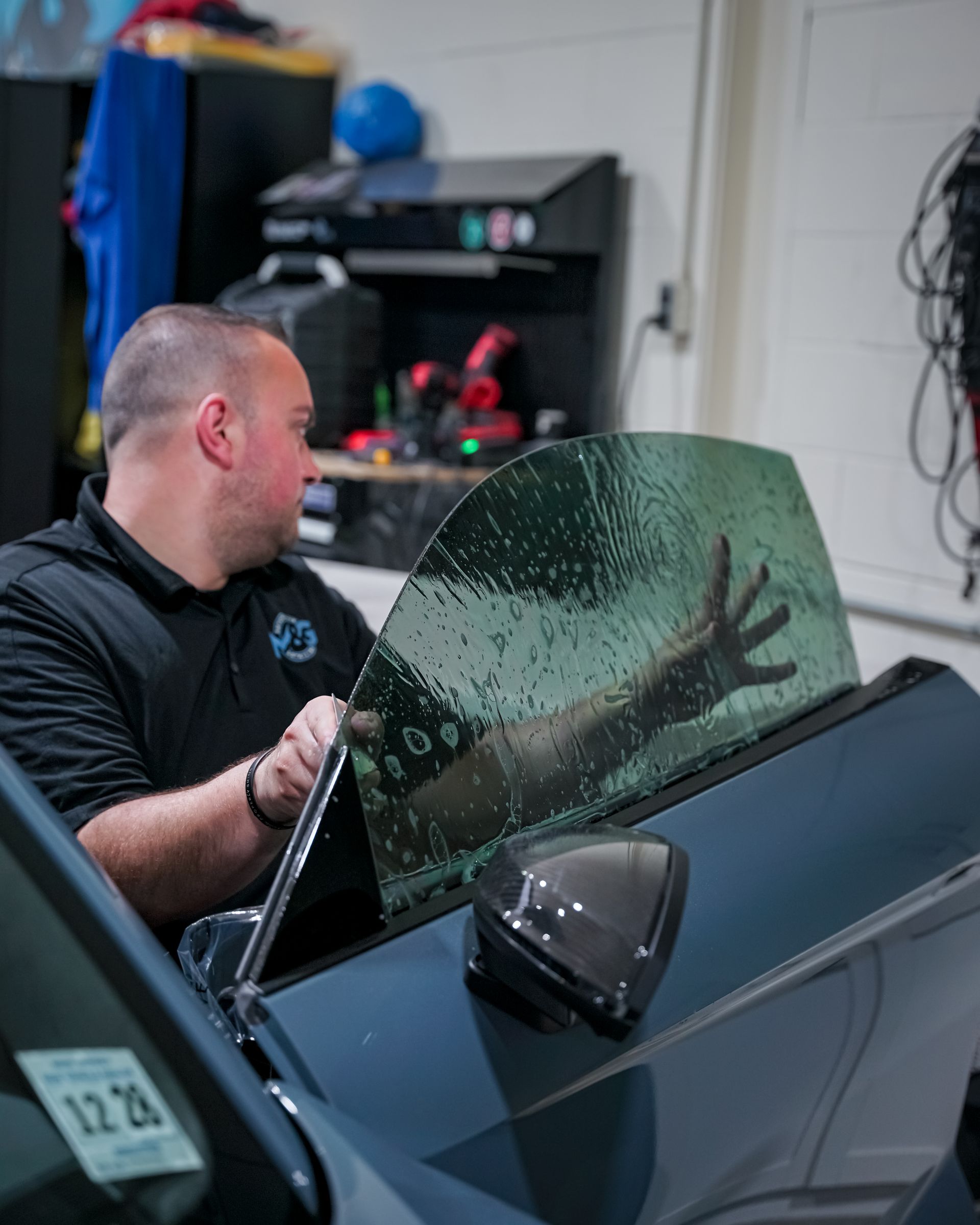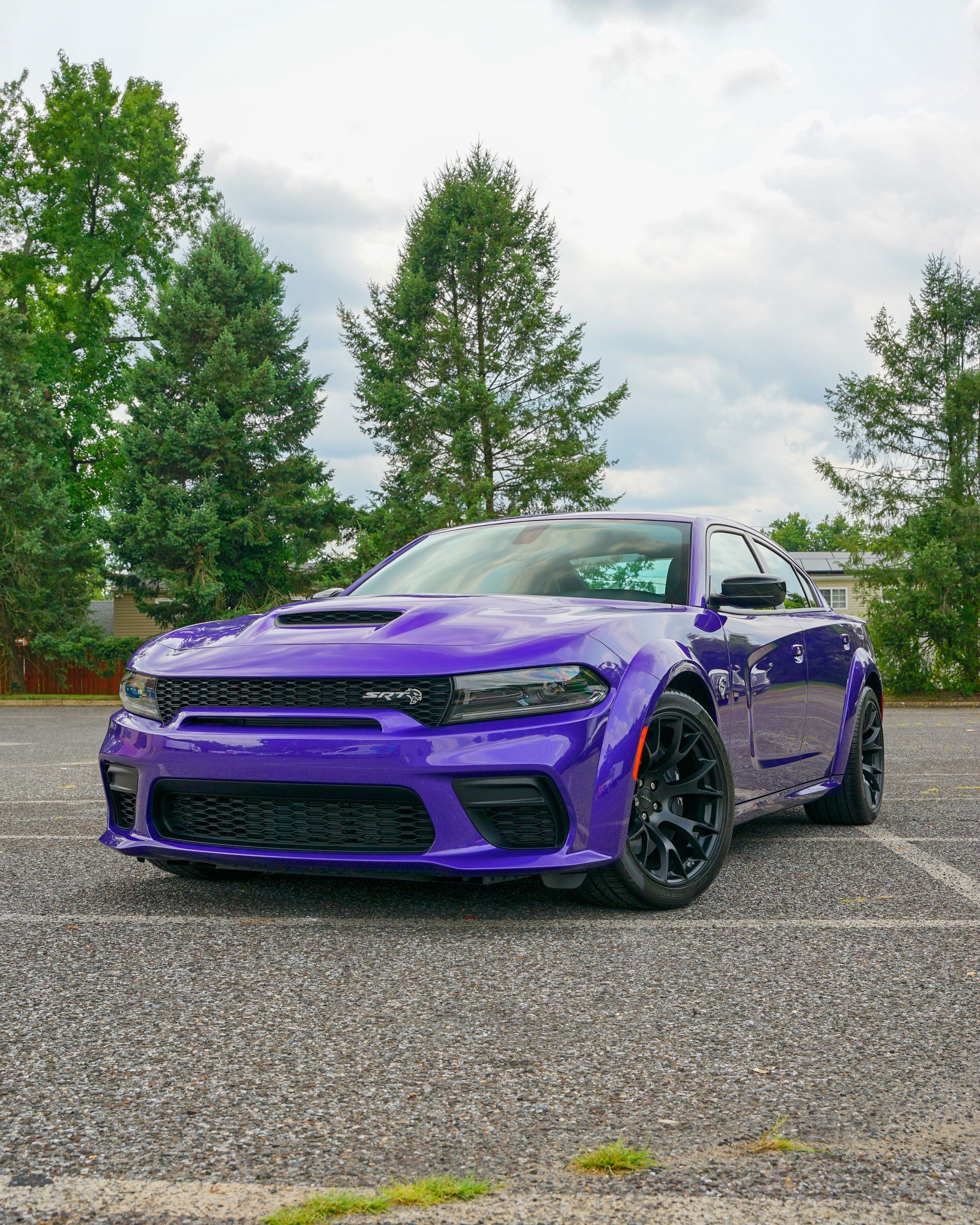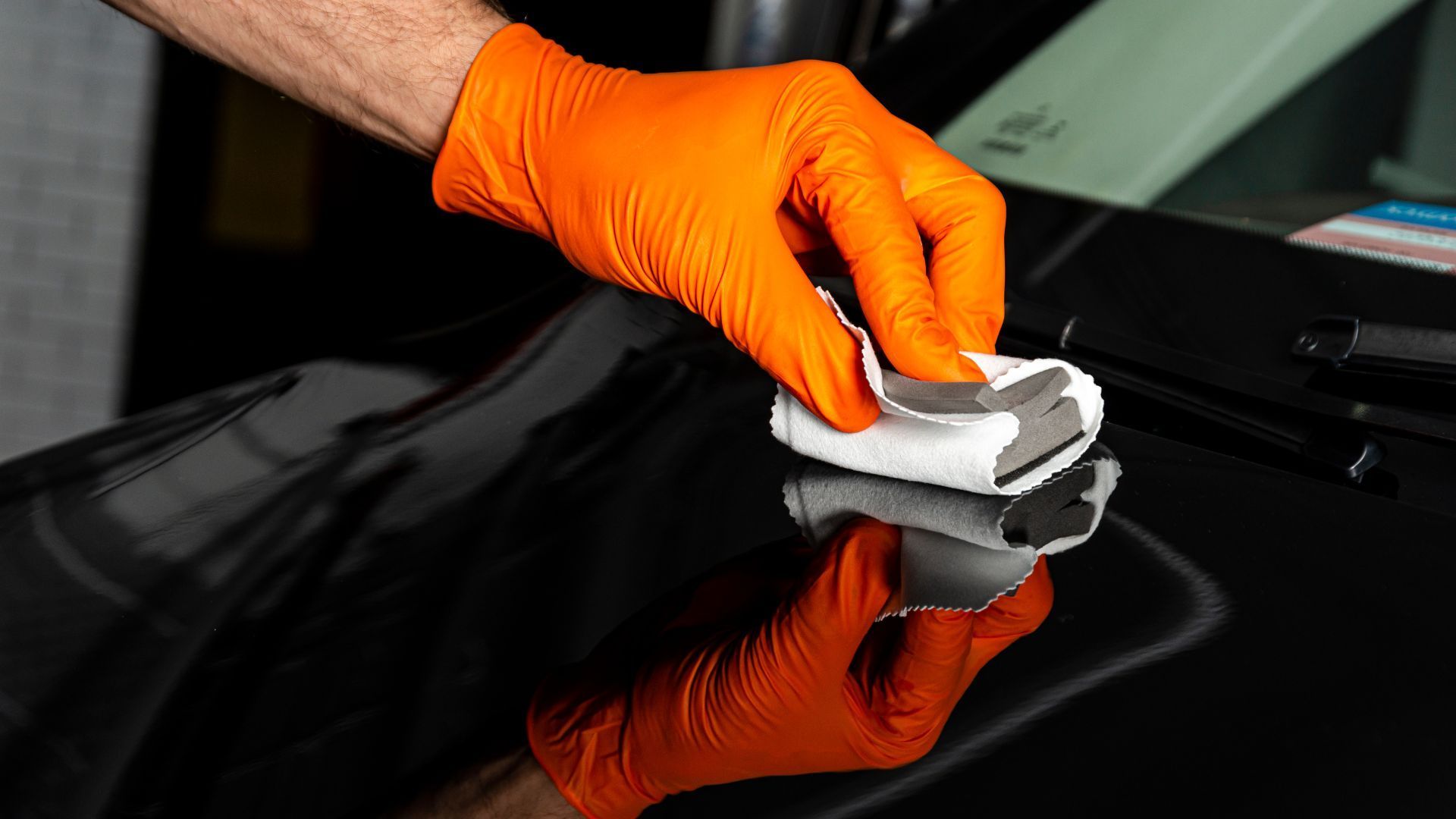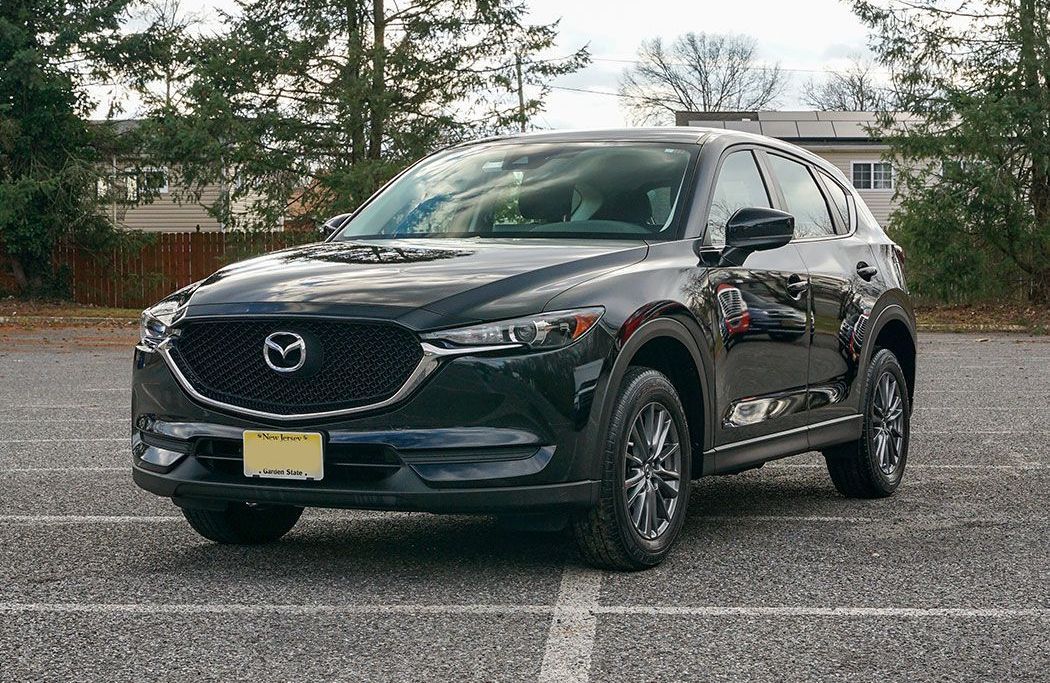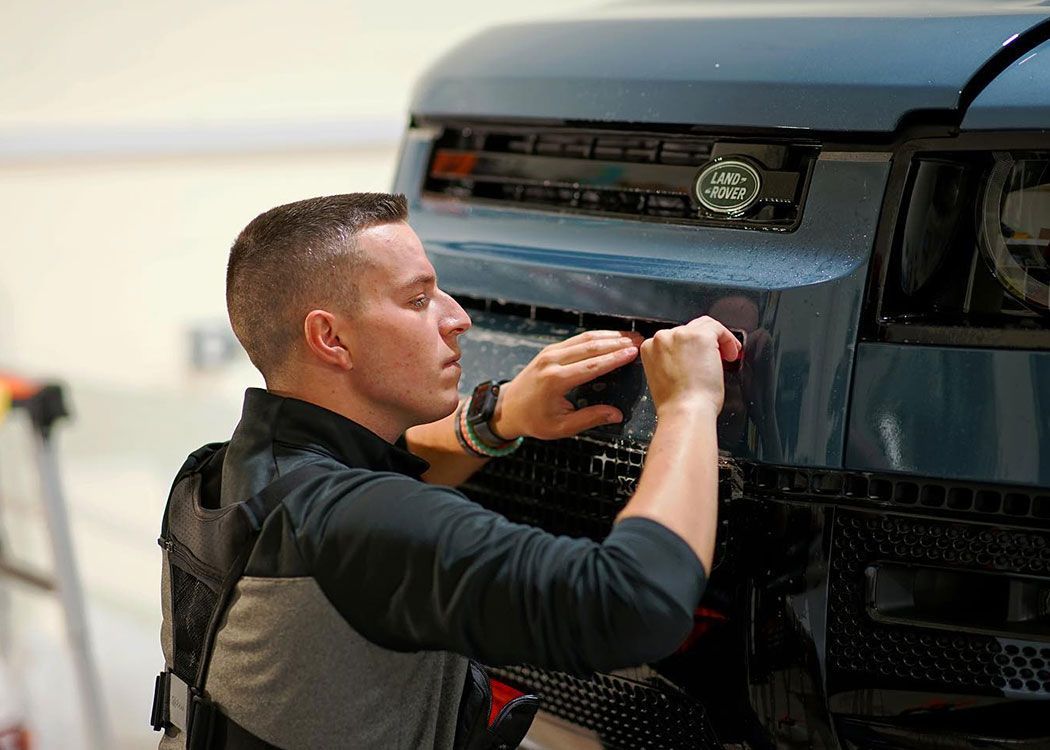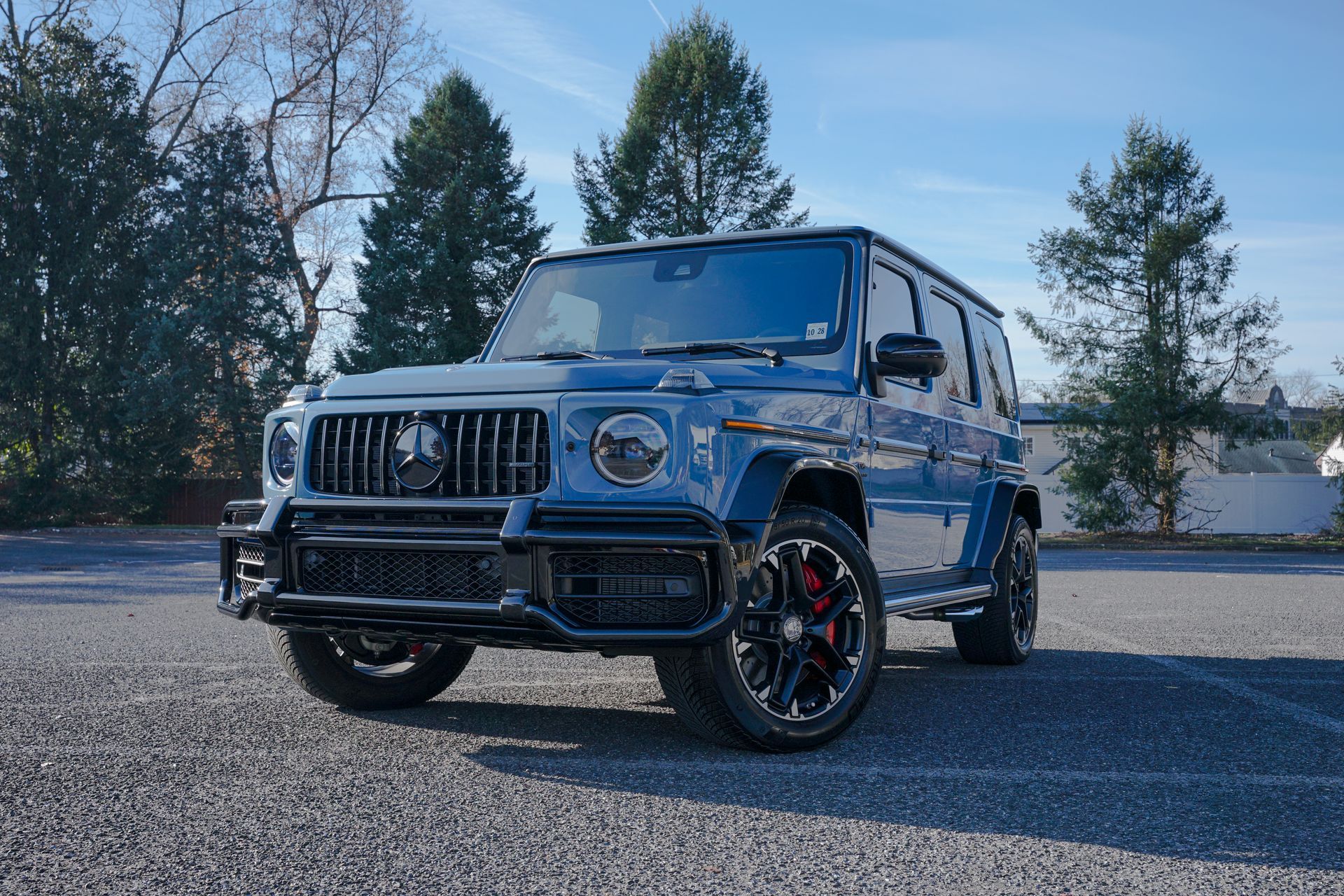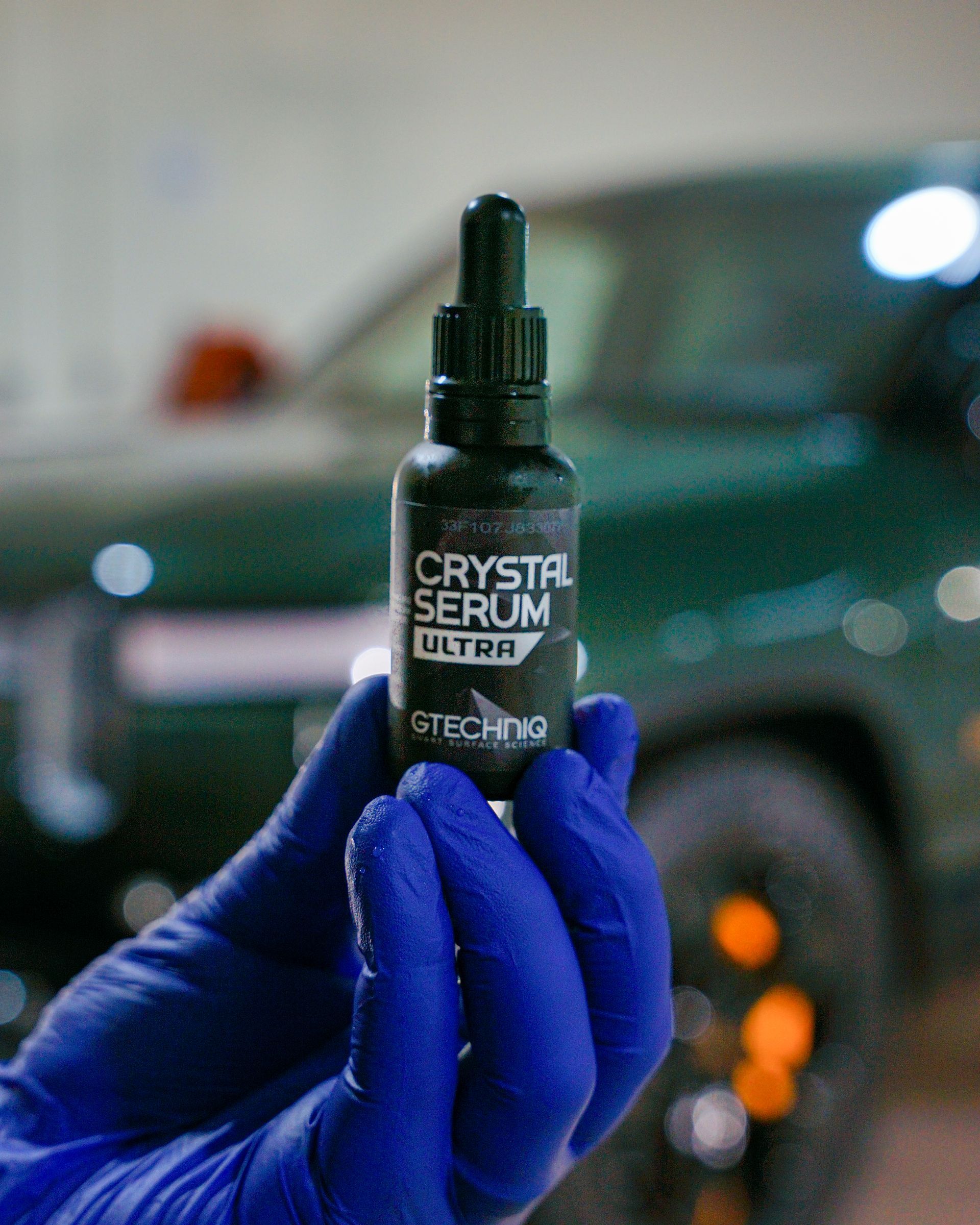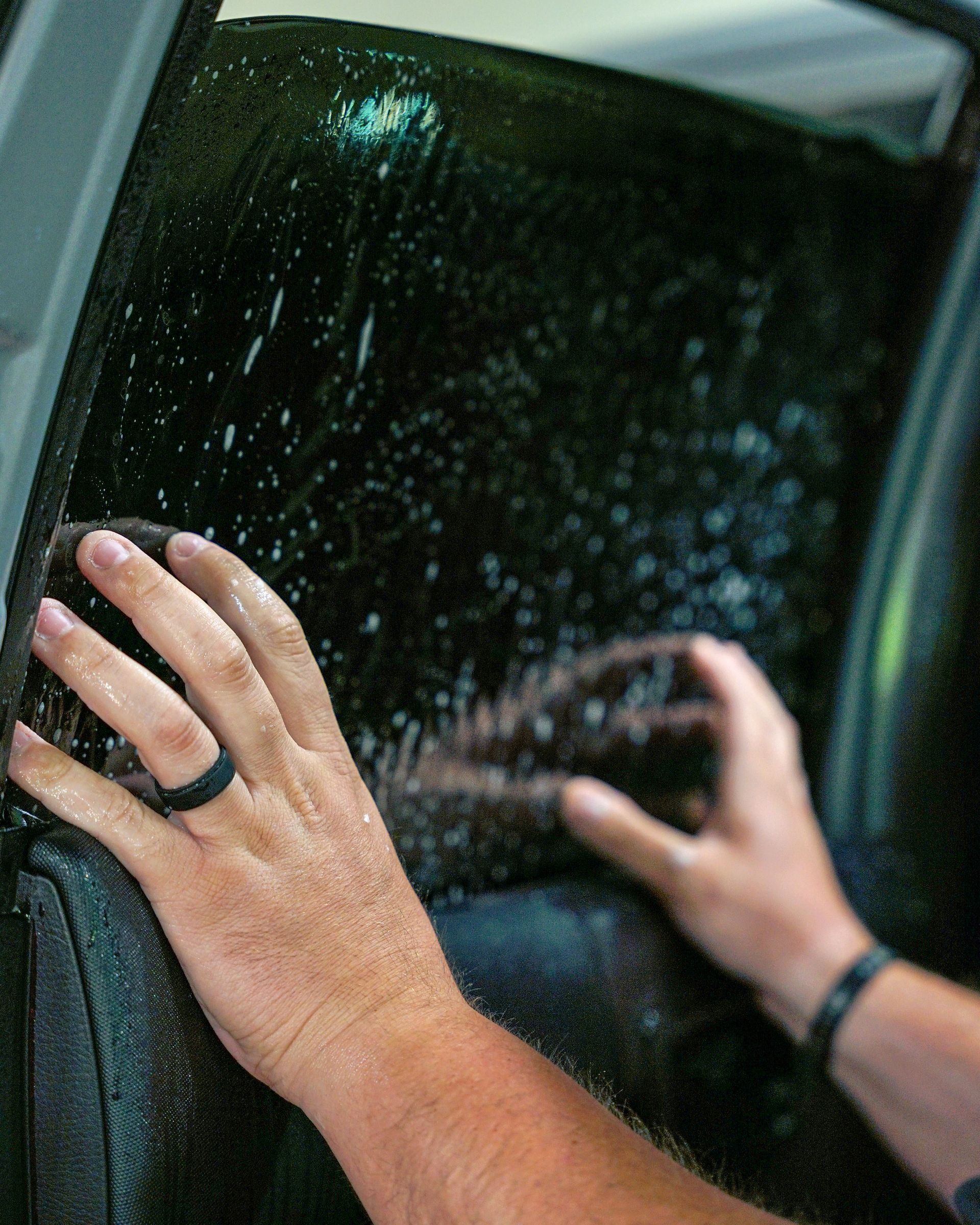Understanding the Science of PPF: Self-Healing Capabilities Explained
When you drive your car, you might not think about the tiny hazards it faces every day. From stray stones on the road to UV rays that can dull its shine, there are plenty of threats out there just waiting to damage your vehicle’s paint. That’s where paint protection film comes in—a remarkable shield designed to keep your car looking brand new. This isn’t your ordinary clear coat; PPF features incredible self-healing properties that seem almost magical. Imagine a tough layer that not only protects but can also mend itself from those everyday scratches—making it a smart choice for any car owner looking to preserve their vehicle's beauty over the years.
The science behind the self-healing properties of paint protection film lies in the unique thermoplastic urethane material used in its construction, which can recover from minor scratches and swirl marks when exposed to heat, whether from sunlight or a heat source. This material has been engineered to flow back into its original form, effectively "healing" superficial blemishes and maintaining the film's clarity and protective qualities over time.
PPF: Advanced Polyurethane Film
At its core, paint protection film (PPF) is primarily constructed from high-quality thermoplastic urethane. This revolutionary material is incredibly versatile, combining a lightweight profile with robust defenses against the rigors of daily life. Think of it as an invisible armor for your vehicle, expertly designed to safeguard its pristine appearance against everything from minor scratches to major impacts. This means that every time you park in a crowded lot or drive on a gravel road, your car has a protective barrier standing between it and potential damage. But what makes this film so effective? The secret lies in its multiple layers, each engineered to play a specific role in ensuring optimal performance. Consider the Clear Coat—this glossy layer not only elevates the visual appeal of your vehicle but also serves a critical function by shielding it from harmful UV rays. Over time, exposure to sunlight can weaken any surface, leading to unsightly fading and deterioration; however, the clear coat provides that necessary defense.
Underneath, we find the Polyurethane Layer, which really shines when it comes to impact resistance. This section of the film absorbs and disperses the energy generated by debris strikes from the road, protecting your vehicle's paint beneath it. It's remarkable how this layer can handle impacts from small rocks or even larger road hazards without leaving a mark on your vehicle's surface—essentially acting like a dampening cushion. However, while these individual layers contribute to a reliable shield around your car, it's important to focus on how they come together seamlessly to form the perfect blend of performance and durability. Next comes the Adhesive Layer, a crucial element that anchors the PPF securely to your car’s exterior. One might think that adhesion would compromise the paint underneath, but modern adhesives are specifically formulated to be gentle enough for auto surfaces, ensuring that they bond effectively without causing damage should you later decide to remove the film.
Imagine applying a thick sticker on a freshly painted canvas only to realize that peeling it off leaves behind a sticky mess—thankfully, PPF sidesteps that mishap entirely! An added benefit of premium advanced polyurethane films is their impressive longevity; many high-quality options boast lifespans of over ten years when maintained properly. Routine washing and occasional inspections can significantly enhance the performance of your PPF. When choosing PPF for your vehicle, seek out products that highlight their multilayer design and self-healing capabilities. This combination of superior materials guarantees that your investment endures over time, maintaining your vehicle's optimal appearance every day.
How Self-Healing Works
The magic behind paint protection film's (PPF) self-healing properties lie in its unique composition. When a shallow scratch occurs on the surface of the PPF, the elasticity of the polyurethane allows the surrounding material to move slightly, effectively "filling in" that scratch. This means that instead of becoming permanently etched into the film, minor abrasions can be repaired, restoring the surface to its original clarity and gloss.
Micro-Scratch Healing
So how does this process unfold? When scratches penetrate only superficially—an everyday occurrence for a vehicle—the polymer chains within the clear coating are able to realign themselves. Picture it as a dance: when heat is applied, whether from sunlight or warm water, these polymer chains shift back into their pre-scratch positions, smoothing over any imperfections. It’s fascinating to see how something so mundane can have such intricate solutions. For instance, consider a slight scrape from gravel that you might encounter while driving. If your car is parked under the sun for a few hours after that mishap, you may notice that upon returning, the PPF appears almost scratch-free!
But what happens when those self-healing films lack exposure to heat? Understanding this aspect can help you better maintain your vehicle's aesthetic appeal even in cooler conditions. In instances where heat is not available—say, during colder months or in shaded areas—the self-healing capabilities can still function but at a slower rate. While they possess some ability to recover gradually, it may take longer for minor scratches to disappear without warmth that accelerates this magical healing process. It's worth noting that these self-healing properties can withstand everyday wear and tear, making them appealing for vehicle owners who want longevity and minimal maintenance hassle. The average lifespan of high-quality PPF ranges from around 5 to 10 years, depending on environmental conditions and how well they are cared for. Therefore, utilizing proper cleaning methods and parking strategies—like avoiding direct sunlight when possible—can significantly enhance their longevity. Should you find yourself with minor scratches during colder weather, don't fret. Allowing your vehicle to bask in sunlight when the weather permits can work wonders—it's almost like giving your car a spa day!
Heat and Pressure in Repair Process
When it comes to self-healing PPF, it's captivating to see how thermal energy and pressure join forces. Heat does more than just warm up the surface; it loosens polymer chains within the film, allowing them to shift and realign. When you apply heat, whether from sunlight or a gentle heat source, these chains become more malleable, enabling the material to flow back into its original shape. This can result in scratches seemingly disappearing before your eyes! But heat alone isn't enough. Enter pressure—this is where the magic really happens. When you press down gently on a scratched area, you're aiding the polymer in reshaping itself. Think of it like patting down a crumpled piece of paper. The combination of heat and applied pressure accelerates the healing effect tremendously. In practice, something as simple as pouring warm water over a scratch and then rubbing it delicately with a microfiber cloth will provide the warmth needed and facilitate that crucial compressive force to help restore the surface.
Interestingly, when temperatures rise above 80°F (approximately 27°C), the self-healing processes of most PPFs accelerate significantly—by around 50% more than in cooler conditions. Hence, if you’re ever uncertain about how to treat those faint scratches on your car's surface, remember: warmth and light pressure can yield impressive results. It's remarkable how this dual action enhances PPF's overall durability. By incorporating routine checks and treatment when needed, you can extend the life of your protective film well beyond typical wear and tear.
Benefits of Self-Healing PPF
One of the most compelling advantages of self-healing paint protection film (PPF) is its ability to keep a vehicle looking as good as new for years. By absorbing minor impacts and recovering from scratches and swirl marks, PPF significantly enhances a car’s durability while maintaining its aesthetic appeal. Imagine driving your vehicle through daily wear and tear, only to discover that the film has magically made those imperfections disappear within a short period! This protective layer not only prevents unsightly blemishes but also plays a key role in preserving the vibrant color of your car’s paint job.
Enhanced Durability and Appearance
The true magic of PPF lies in its self-healing properties. When exposed to heat—be it from sunlight or even warm water—the thermoplastic polyurethane material can flow back into place, effectively “healing” minor scratches. Therefore, light scratches are often erased within 24 to 48 hours, creating a seamless finish. Moreover, high-quality PPF resists yellowing over time. Those treated with UV-resistant clear coats can maintain their clarity and glossiness for over ten years, which is critical for preserving that sleek look many car owners desire. It's essential to choose a reputable brand when selecting your PPF; not all films are created equal. Sourcing from trusted manufacturers ensures that you are investing in durable products designed to withstand environmental factors like UV rays and road debris.
Furthermore, many consumers report fewer maintenance needs after applying PPF. This reduction in upkeep saves time and cuts down on costs associated with frequent touch-ups and repainting. Cars protected by self-healing film can stay in pristine condition longer, translating to less time at the repair shop and more time on the road enjoying the driving experience.
Application Process and Longevity
Proper application is crucial to harnessing the full benefits of paint protection film. The initial step involves thoroughly cleaning the vehicle's surface, as any contaminants can interfere with the film’s adhesion. A clean surface ensures that dirt, dust, or oils do not create air pockets under the film, which could reduce effectiveness over time. Once the surface is spotless, the PPF is cut to size for a precise fit on the vehicle's contours. Following this, careful application comes into play. Using a squeegee allows one to smooth out the film while pressing it against the surface, avoiding bubbles. While this may sound straightforward, it requires attention and patience to ensure a flawless finish. Its protective properties could be compromised and its aesthetic appeal diminished if applied improperly.
Professional vs. DIY Application
Now let’s look at an important decision car owners face: whether to go for professional installation or undertake the task themselves. Each option has its advantages and downsides. Professionals often provide a warranty for their work, offering peace of mind in case anything goes wrong during or after installation. In contrast, selecting DIY might save you money but generally lacks this safety net. Many enthusiasts enjoy applying PPF themselves; however, this process can take longer depending on skill level and experience. Quality PPFs typically last between 5 and 10 years, although this range varies based on environmental conditions and maintenance habits. A well-maintained PPF can withstand sun exposure, rain, and harsh weather with relative ease. Regular upkeep involves washing your vehicle without abrasive chemicals and rinsing away contaminants that can degrade the film over time.
PPF vs. Other Coatings
Many coatings claim to protect vehicle surfaces, but none offer the unique advantages that PPF does. Think of it like comparing a solid shield versus a thin layer of fabric; one can withstand impacts, while the other merely covers. While ceramic coatings create a hydrophobic surface, enhancing the vehicle's appearance and easing the cleaning process, they don't provide real impact resistance. This means that although your car might look shinier with a ceramic coat, it's still vulnerable to scratches and rock chips. On the other hand, wax provides a superficial layer of protection that boasts an attractive gloss finish but requires frequent reapplication—a drawback in terms of time and maintenance. Let's explore some key differences that set PPF apart from these other coating options.
Key Differences
When examining the features of PPF in relation to its competitors, three critical aspects often arise: durability, maintenance, and cost. Each plays a significant role in determining what will best suit your lifestyle and driving habits. Some argue in favor of ceramic coatings due to their remarkable ability to reduce water spots and make cleaning straightforward. However, this ease comes without the assurance of protection from physical damage. Therefore, choosing between PPF and other coating solutions is less about which is universally "better" and more about assessing your specific needs as a car owner.
If you frequently navigate gravel roads or have children who treat your vehicle as a target for adventurous playtime, PPF serves as an ideal choice for those challenges. Conversely, if you value aesthetics and seek a low-maintenance solution primarily for visual enhancement rather than impact protection, ceramic coatings might be worth considering. Understanding these distinct characteristics will effectively guide your decision-making process.
In summary, selecting the right vehicle protection depends on individual circumstances and preferences. Make an informed choice to ensure your car stays beautiful and well-protected for years to come.
Unbeatable PPF Solutions in Haddonfield, NJ
Safeguard your vehicle’s paint with professional-grade paint protection film services from M&G Automotive Detailing in Haddonfield, NJ. Our PPF installations provide a nearly invisible barrier that defends against rock chips, road debris, and harsh weather—helping you preserve that flawless finish for miles to come. Designed for durability and clarity, our films keep your car looking sharp without compromising its style. Book your PPF service today and drive with confidence every day!
